Ski Apparel – Prepare for the Snow

Ski apparel is not solely about aesthetics on the slopes – it’s your primary protection against the harsh weather. Well-chosen ski apparel ensures warmth, dryness, and comfort while aiding your performance, regardless of icy winds or navigating through waist-deep snow. Explore ski clothing here!
Skiing attire should provide adequate insulation, water resistance, and breathability while allowing movement. Thus, selecting appropriate ski clothing requires consideration of weather conditions to avoid feeling cold, damp, or overheated.
Are you selecting ski attire for a family skiing trip? Or perhaps seeking technical gear for improved performance? We have all you need.
The balance between water resistance and breathability often corresponds with price. Recreational skiers can find sufficient protection in mid-priced ski apparel. However, for those skiing extensively over the season, investing in high-performance gear becomes necessary.
Overview
Ski Jackets

To stay warm and dry on the slopes, a suitable ski jacket is crucial. Whether purchasing for females, children, or males, ensure the jacket offers good insulation and protection from water and wind.
A high waterproof rating (10,000 mm or more) along with a moisture-wicking lining will keep you comfortable in all scenarios.
Consider additional features such as:
- Adjustable hoods
- Zipped vents
- Pockets for ski passes or snacks (both internally & externally)
- Snow skirts
If unsure about choosing a jacket, consider your typical ski conditions: opt for insulated jackets for cold climates or shell jackets for flexibility and tailored layering options.
Ski Trousers & Snow Trousers
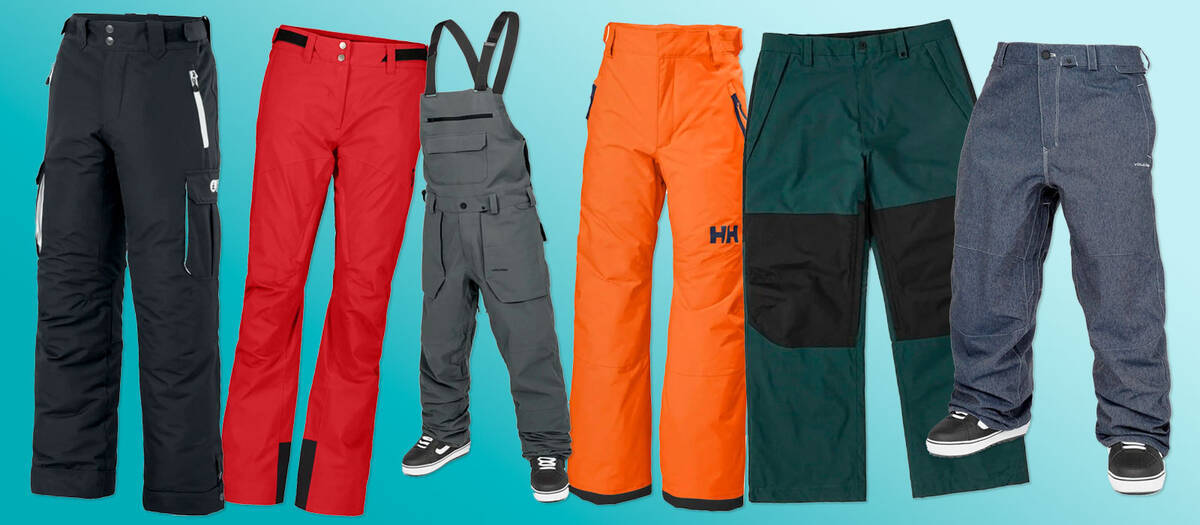
Ski trousers contribute significantly to keeping you warm and dry, with comfort heavily reliant on their effectiveness while on the slopes. Generally, the best ski trousers are water-resistant, windproof, and breathable – they shield you from the elements while allowing moisture to escape.
Select ski trousers based on activity, weather, and comfort needs. Shell trousers are suitable if you’re less likely to feel cold, but for times of inactivity like ski lifts, insulated trousers are essential for warmth.
Look for features like:
- Adjustable waistbands
- Reinforced cuffs
- Inner snow gaiters
- Clip compatibility with same-brand jackets
- Pockets
For cross-country skiing, consider your focus. Performance-oriented individuals benefit from thin, lightweight, and breathable trousers that enhance mobility. Nature lovers, who may take pauses to enjoy the scenery and a warm drink, should choose insulated, waterproof, and breathable trousers.
Thermal Underwear – Skiing Underwear
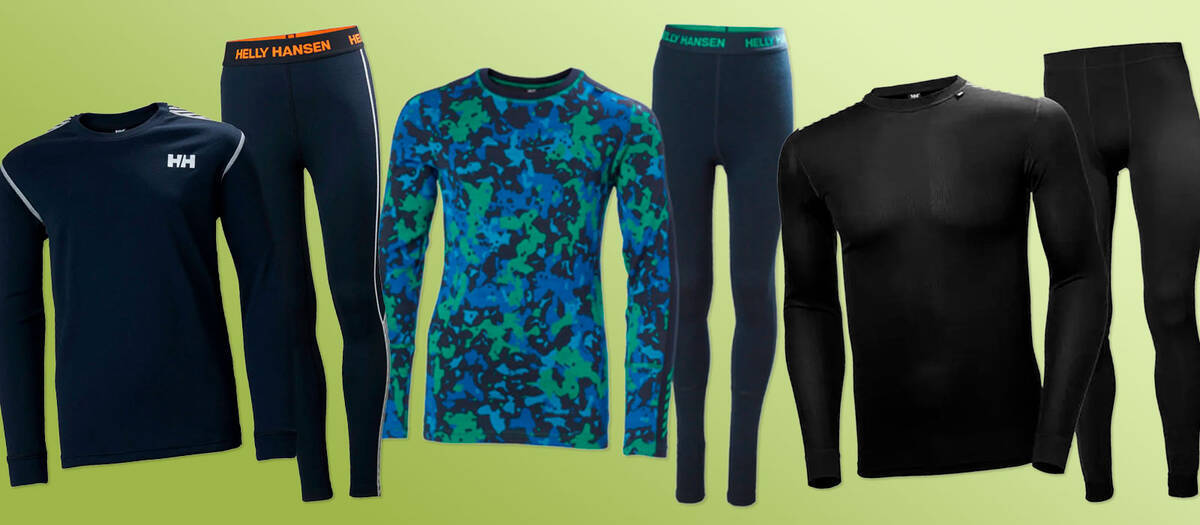
Thermal underwear is essential for warmth on the slopes. Once experienced, you’ll never wish to ski without it again. A complete base layer set or long johns for the legs is the first step to a snug skiing outfit.
Why is thermal underwear transformative for skiing? It retains warmth by trapping body heat and wicks away sweat to keep you dry.
On the chilliest days, opt for the warmest options like merino wool or high-quality synthetic blends. These materials maintain warmth without adding bulk. A dependable base layer is your ideal companion for comfort and enjoyment, irrespective of the weather.
Ski Gloves
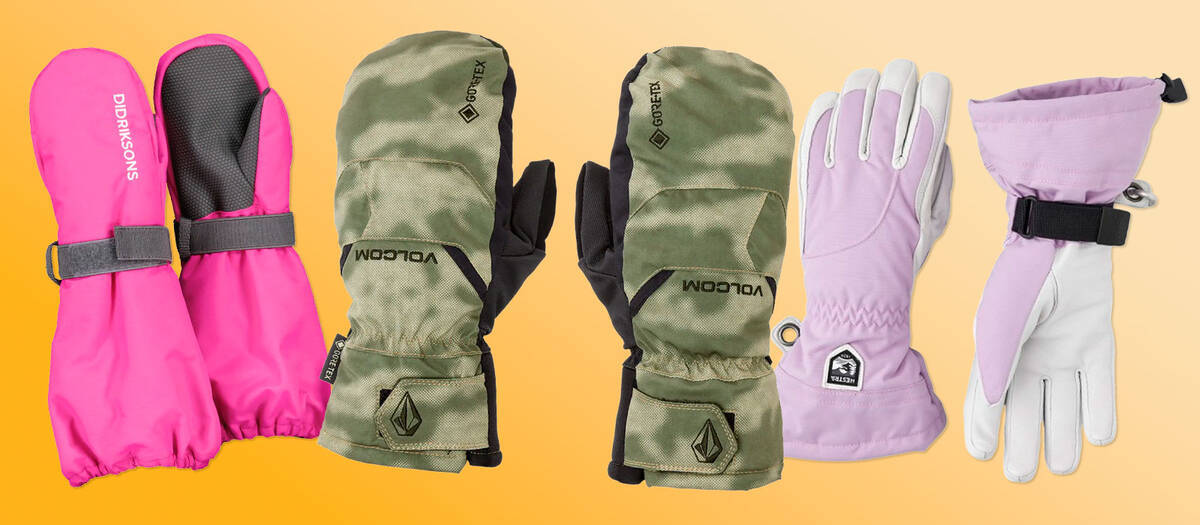
The ideal ski gloves keep your hands warm and functional all day. A proper pair should be water-resistant, insulated, and durable, potentially including features like touchscreen compatibility or wrist leashes for convenience. For extremely cold conditions, consider heated gloves or mittens with battery packs. While most winter gloves are warm, ski gloves are designed to meet skiing demands, such as gripping poles and enduring snow. Aim for gloves with reinforced palms and adjustable cuffs for comfort and security.
Decide between finger gloves, lobster gloves, or mittens based on your needs. Finger gloves offer maximum dexterity, whereas mittens provide more warmth. Lobster gloves, also called 3-finger gloves, offer a balance between the two.
Debating between mittens or gloves? Refer to the table below:
| Aspect | 5-finger gloves | 3-finger gloves | Mittens |
| Dexterity | More | Medium | Less |
| Warmth | Less | Medium | More |
After choosing between mittens, 5-finger gloves, or 3-finger gloves, consider the materials you prefer. We offer a wide range, including leather gloves, technical performance gloves, and varying levels of insulation.
Ski Socks
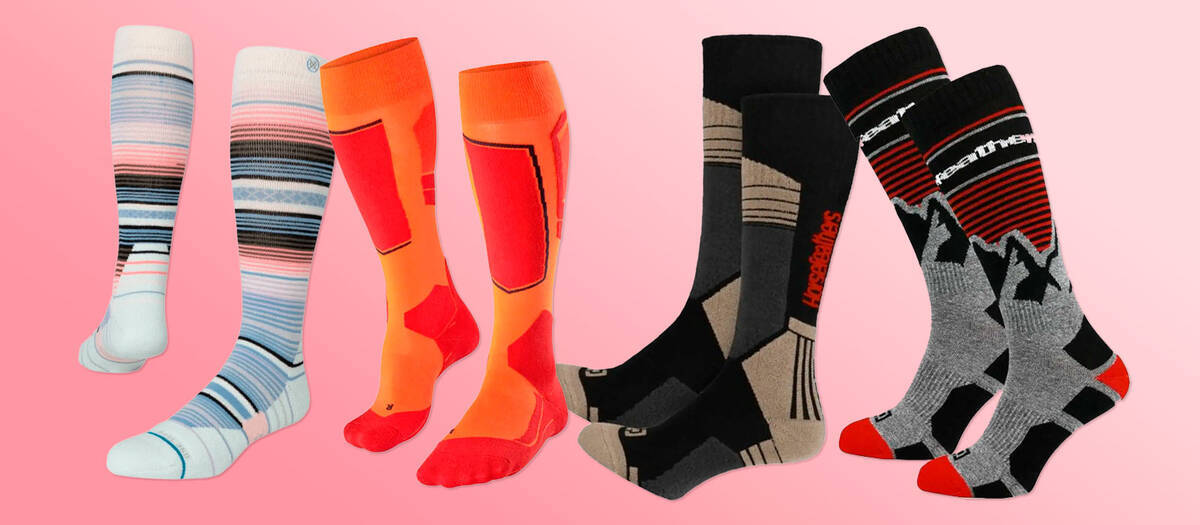
Ski socks are paramount. They act as your foundation on the slopes, and if your feet get cold, skiing will not be your priority. What socks should skiers select? Choose thermal socks specifically designed for skiing, with padding in blister-prone areas. The best ski socks use moisture-wicking materials like merino wool to keep feet dry and warm. For the coldest days, consider heated ski socks with adjustable temperatures. Avoid cotton socks as they retain moisture and leave feet cold and damp.
Ski Masks, Ski Balaclavas & Ski Hats

A quality ski mask shields your face from biting cold and tremendously enhances your experience. A ski mask or balaclava covers your full face, preventing frostbite in severe conditions. For the best balaclava, choose breathable fabrics with snug fits that work under helmets and goggles. A neck gaiter allows adaptable coverage for neck and lower face. Finalise with a warm, moisture-wicking hat to insulate head and ears.
Ski Mid Layers - What to Wear Underneath Ski Clothes?
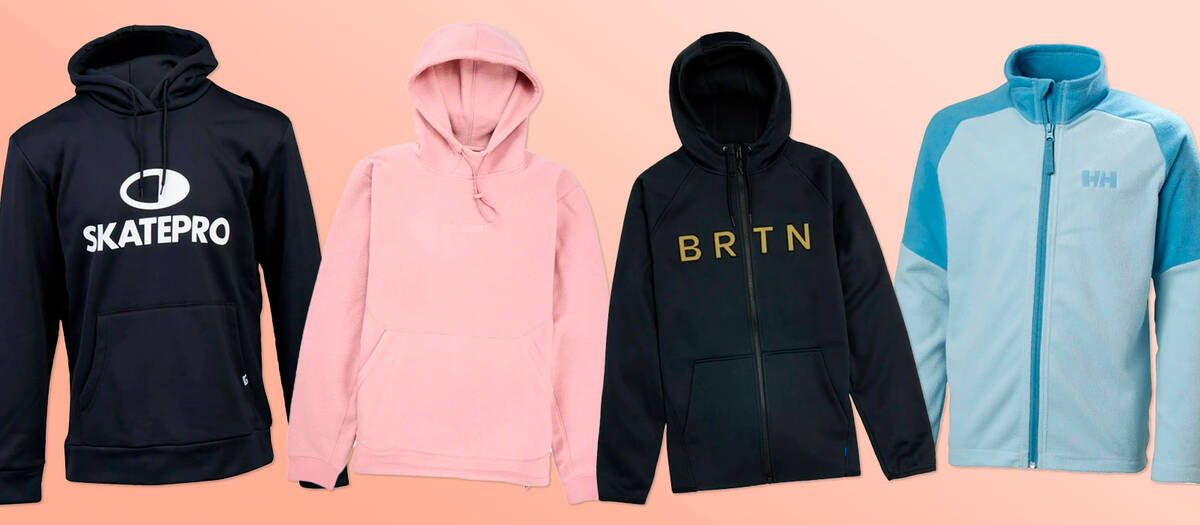
Effective mid layers retain heat while offering flexibility and breathability, playing a crucial role in ski attire. Wondering what to wear beneath a ski jacket or trousers? It usually depends on personal preference and needs, but here are some suggestions to help you decide.
Fleece jackets, down sweaters, or synthetic insulated layers are great for warmth without overheating. The best mid layer varies with your activity: opt for lightweight fleece on active days or heavier insulation in frigid weather.
